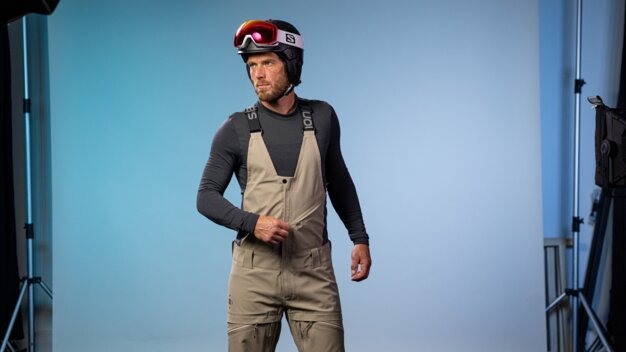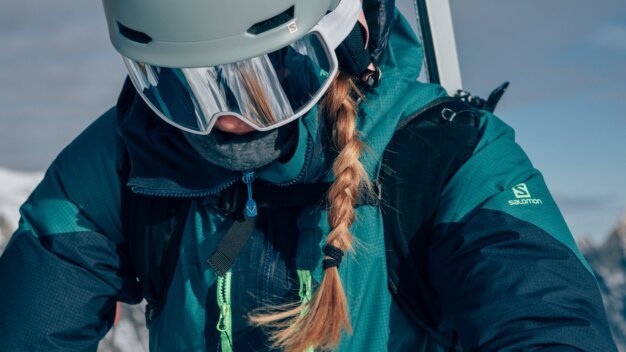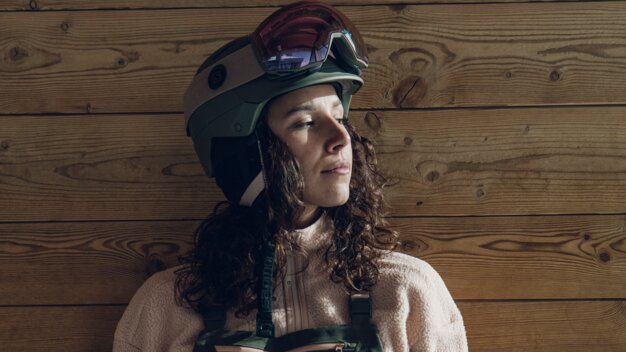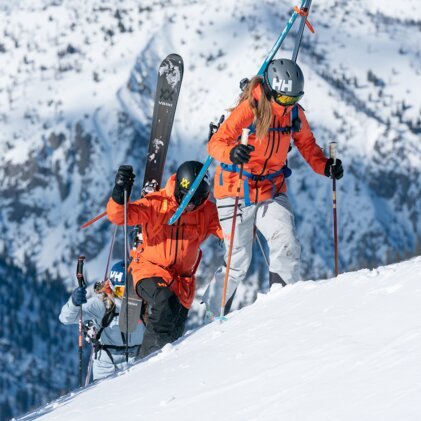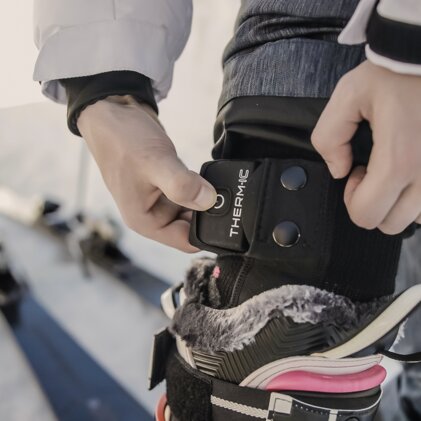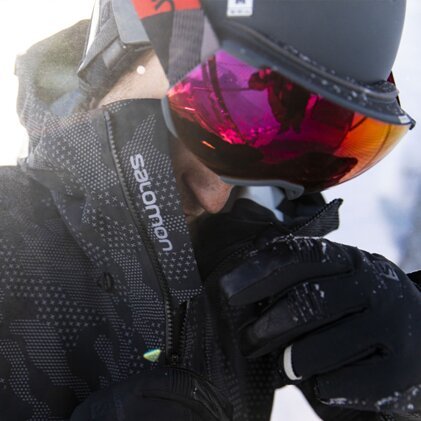
Does this sound familiar? You’re having a wonderful day on the slopes, and you work up quite a sweat while swooshing down the slopes again and again. Sitting on the chairlift, you suddenly feel your sweaty clothes stick to your body – and you start to feel terribly cold.
That’s because your natural body temperature is around 36 to 37 degrees Celsius. If you overheat during exercise, your body reacts by sweating. And as your sweat evaporates, the surface of the skin cools down. This means that you can go from hot and happy to freezing and frowning in a matter of minutes.
And that’s exactly where good-quality ski underwear comes into play! Together with Salomon we have compiled some useful tips for the perfect base layer – dive right in!
What is a base layer, and why is it important?
If you’re a fan of outdoor sports, you might already know the principle of layering. In Alpine skiing, especially, layering is something like your superweapon against the cold.
In case you have forgotten (or never heard of) the layering system, here’s how it works:
- Base layer: wicks away moisture
- Mid layer: traps your body heat
- Outer layer: keeps away the wind, rain and snow
These three layers can be combined as needed, making it easy to shed layers if the weather changes.
What should your base layer consist of?
To keep you warm and toasty from head to toe, your ideal base layer should consist of the following:
a pair of high-quality ski socks (e.g., Salomon’s S/PRO socks)
a long-sleeve thermal top (such as Salomon’s ESSENTIAL WOOL long-sleeve top)
thermal leggings (like Salomon’s ESSENTIAL WOOL SEAMLESS tights)
alternatively, a one-piece base layer
Which qualities should your base layer have?
Apart from having a good fit and high wearing comfort, your ski underwear should tick the following boxes:
- high-wicking
- fast-drying
- durable
- lightweight
- breathable
Which are the best materials for ski underwear?
Most thermal undergarments are made from synthetic fibre or wool (usually merino wool). Both materials have their advantages.
Synthetic fibre pros & cons:
- soft
- lightweight
- stretchy
- excellent moisture management
- quick drying time
- slightly less effective temperature regulation
- odour can build up if not regularly washed
Merino wool pros & cons:
- soft
- natural
- excellent moisture management
- great temperature regulation
- excellent odour resistance
- good stretch
- slower drying time
- potentially vulnerable to shrinkage
INTERSPORT Rent tip
Have you already found your perfect base layer? Congratulations! But how about a top-quality outer layer to go with it? At INTERSPORT Rent, you can find ski jackets by leading brands for rent – all of them perfectly suited to keeping you warm and dry in the mountains.
Our RENTertainers on site will be happy to show you the best products for your needs and answer all your questions.

